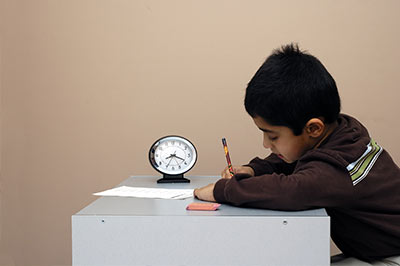ACEF Webinar, presented by: Mindy Sitton & Tony Chojnowski
There is heightened concern in our public schools for providing safe and secure environments for students, staff, and visitors to school campuses. School security has become an increasing priority for most schools. School security technology is changing, and thus requires robust technology infrastructure to support it. In this thirty minute webinar participants will understand the role of security technology in a layered, comprehensive approach to school security; become aware of some of the most commonly used and effective security technologies; and understand how to best assess and evaluate security technology needs and develop an implementation plan. (Posted July 10, 2014).







 Earthman, G. (2013). Dr. Earthman wrote about the catastrophes that can occur at any place and for any reason. Within the past years an extraordinarily high number of catastrophic events have happened to public schools. From a high number of tornados to excessive flooding and unseasonable weather, the country has experienced a considerable number of very difficult environmental disasters that have adversely affected schools. These are never pleasant occurrences and it is the duty of education officials to ameliorate the subsequent devastation. Such was the case in a school system in Virginia where the roof of the gymnasium collapsed during a snowstorm in the middle of the school year. At the beginning of the spring semester, the high school students were without a place to continue their schooling. The planning efforts of the school authorities were strained for several reasons. Questions regarding the continued use of the high school building for the remainder of the year and where to put the student body for the rest of the year if the building was unusable were of utmost concern. The concerns and maneuvering of the various players in this drama are discussed in this article. In spite of the fact that this was a catastrophe to the various groups within and outside the school system, plans were made and executed so that all students were housed for the semester. The planning activities for the following year are set forth as well as the manner in which the school division staff conducted the effort and interacted with the community and governing body. The lessons that can be learned from the planning effort of this school staff are carefully analyzed and discussed.
Earthman, G. (2013). Dr. Earthman wrote about the catastrophes that can occur at any place and for any reason. Within the past years an extraordinarily high number of catastrophic events have happened to public schools. From a high number of tornados to excessive flooding and unseasonable weather, the country has experienced a considerable number of very difficult environmental disasters that have adversely affected schools. These are never pleasant occurrences and it is the duty of education officials to ameliorate the subsequent devastation. Such was the case in a school system in Virginia where the roof of the gymnasium collapsed during a snowstorm in the middle of the school year. At the beginning of the spring semester, the high school students were without a place to continue their schooling. The planning efforts of the school authorities were strained for several reasons. Questions regarding the continued use of the high school building for the remainder of the year and where to put the student body for the rest of the year if the building was unusable were of utmost concern. The concerns and maneuvering of the various players in this drama are discussed in this article. In spite of the fact that this was a catastrophe to the various groups within and outside the school system, plans were made and executed so that all students were housed for the semester. The planning activities for the following year are set forth as well as the manner in which the school division staff conducted the effort and interacted with the community and governing body. The lessons that can be learned from the planning effort of this school staff are carefully analyzed and discussed.